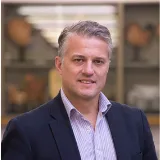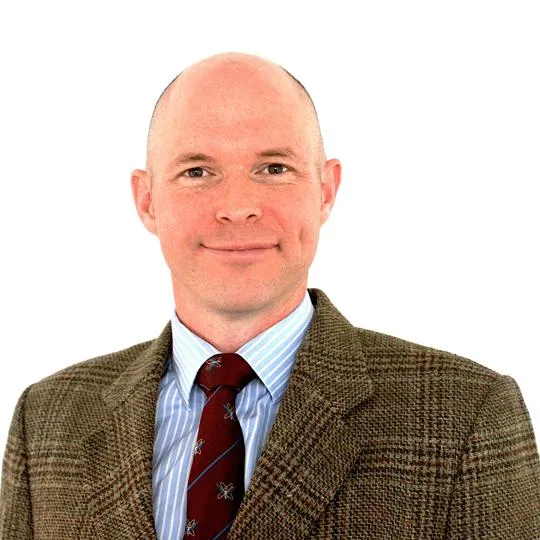The physiological foundations for parastronaut space missions
Disability on Earth depends on the condition and the environment. The European Space Agency (ESA) parastronaut project challenges us to re-think the environment. According to ESA’s current definition, a parastronaut is an astronaut with a physical disability. Our work supports the recruitment and training of the first parastronaut asking: What are the physiological concerns for a parastronaut before, during and after space flight?
The literature will be reviewed to highlight risks and benefits of parastronaut’s missions, and evaluate procedures and technologies that could support parastronauts. We will consider adaptations, countermeasures and recovery in relation to space flight, and training and performance during routine and emergency procedures.
We will identify the physiological mechanisms and limitations for safe space exploration, propose possible solutions and alternative approaches. We will provide new physiological indications for up to date guidelines for safe and successful parastronaut missions. We will highlight those disabilities that may be more suited to space flight.
Aims
This work aims to show that parastronauts can safely fly to space.
The specific aims are:
- To produce an inspirational new review of the physiological basis for space travel, with special attention to any potential disadvantages or advantages given by the different disabilities.
- To inform the procedures and technologies that should be developed to assure safety for the whole crew, and that could benefit the community of people with disability on Earth.
Impact
If you would like to receive more information on the project, or you would like to get involved, please provide your contact details using this form. By providing your contact details, you agree to be contacted by the webpage administrators. Please read our Privacy Notice for more information.
Join our mailing list
Partners
Dr Ryan, Anderton; UK Civil Aviation Authority, Medical Assessor and Consultant in Aviation and Space Medicine; Aviation House, Crawley, West Sussex, RH6 0YR, UK;
Professor Marco Vincenzo, Narici; University of Padova; Full Professor of Physiology; Department of Biomedical Sciences; Institute of Physiology; 35131 Padova (Italy).
Professor Jörn, Rittweger; Department Head Muscle & Bone Metabolism; Institute of Aerospace Medicine; German Aerospace Center (DLR); Cologne; (Germany) AND: Professor in Space Physiology; Department of Pediatrics and Adolescent Medicine, University Hospital Cologne; Cologne; (Germany).
Aerobility Over the last 25 years, Aerobility has worked to make aviation more accessible (developing solutions such as aircraft hoist and control adaptions for their aircraft), and developed training techniques and safety systems promoting accessibility. Aerobility has also worked on the wider society impact of aerospace on disabled people.
Principal Investigator
Investigators
Affiliations
Funding
Funding Body: European Space Agency
Amount: 20 000 Euros
Period: July 2022 - June 2024




